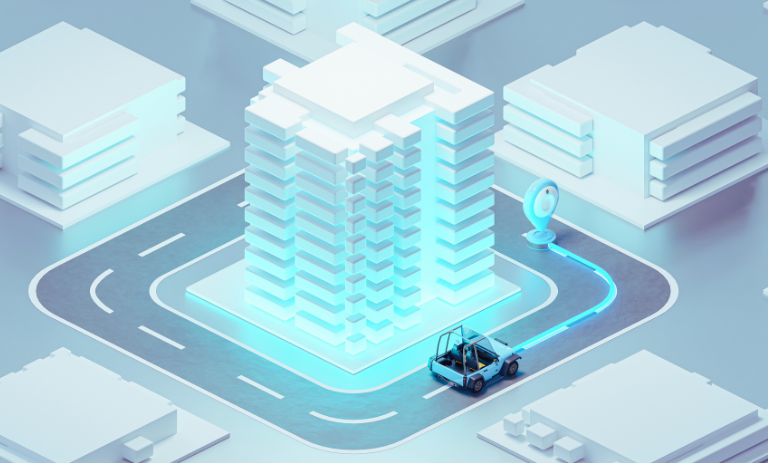
Unlocking Seamless Connectivity for your Businesses
Geofencing is a term that is becoming increasingly popular in the world of Telematics and GPS Tracking. Essentially, it refers to a virtual perimeter that is set up around a specific geographic location. This perimeter is then used to trigger specific actions or events when a GPS-enabled device, such as a smartphone or vehicle, enters or exits the defined area.
What are Geofences Used For?
Geofencing will trigger notifications or alerts when a vehicle enters or exits a specific area. For example, a business that operates a fleet of delivery trucks could set up a geofence around each of its delivery locations. When a truck enters the geofenced area, an alert could be sent to the delivery recipient, letting them know that their delivery is on its way. Similarly, when a truck leaves the delivery area, an alert could be sent to the business, letting them know the delivery has been completed.
Another common use of geofencing in the world of telematics is for the tracking of employees who work in the field. By setting up a geofence around a specific job site or area, employers can monitor when their employees enter and exit the area. This can help to ensure that employees are working efficiently and that they are not spending excessive amounts of time travelling between job sites.
What are Geofences and their Benefits?
A geofence is a location-based boundary. When the geofence is activated, alerts are sent to inform operators that the geo zone has been entered or exited by a vehicle. Geofencing solutions can help to improve safety and security. By setting up geofences around high-risk areas, such as construction sites or hazardous materials storage facilities, businesses can ensure that only authorised personnel can enter these areas.
Greater Convenience and Efficiency
Another major benefit of geofencing is its ease of operation. Once a geofence has been created, connected tracking devices will constantly monitor each person or vehicle’s movements, sending a notification to your Fleet Management Software if a geo zone is entered or exited.
Geofencing Australia: Frequently Asked Questions
What Happens if a Vehicle Violates a Geofence?
If a vehicle or another asset exceeds the boundary you have set as your geofence, an alert is recorded by the tracking system. This trigger sends an alert to your system administrator along with important information including the date and time of the violation, as well as the precise location of the incident.
This data can then be used to track the vehicle in which the incident occurred, to determine whether or not it may be in any danger. Once you confirm the safety of the vehicle, your staff and any assets they may be transporting, the data of the incident may be saved for future reference.
How Can Geofencing Improve Customer Service?
Geofencing works by tracking employees and the vehicles they drive to record when they enter and exit a certain area.
Setting one of your geofences to the location of a delivery, for example, will prompt the vehicle tracking system to send an alert to your system when the vehicle arrives at the set location, and another when it departs. If the vehicle was in the geofence for an abnormally long period of time, you may wish to investigate any potential reasons why and make adjustments to your delivery process so it is as efficient as possible.
Overall, geofencing is a powerful tool that can be used in various ways in the world of Telematics and GPS Tracking. By setting up virtual perimeters around specific areas, businesses can track the movements of vehicles and employees in real time, improve efficiency, and enhance safety and security. As the technology continues to evolve, it is likely that we will see even more innovative uses of geofencing in the future.
If you have any questions please Contact Netstar Australia at 1300 728 882 or email sales@netstaraus.com.au.